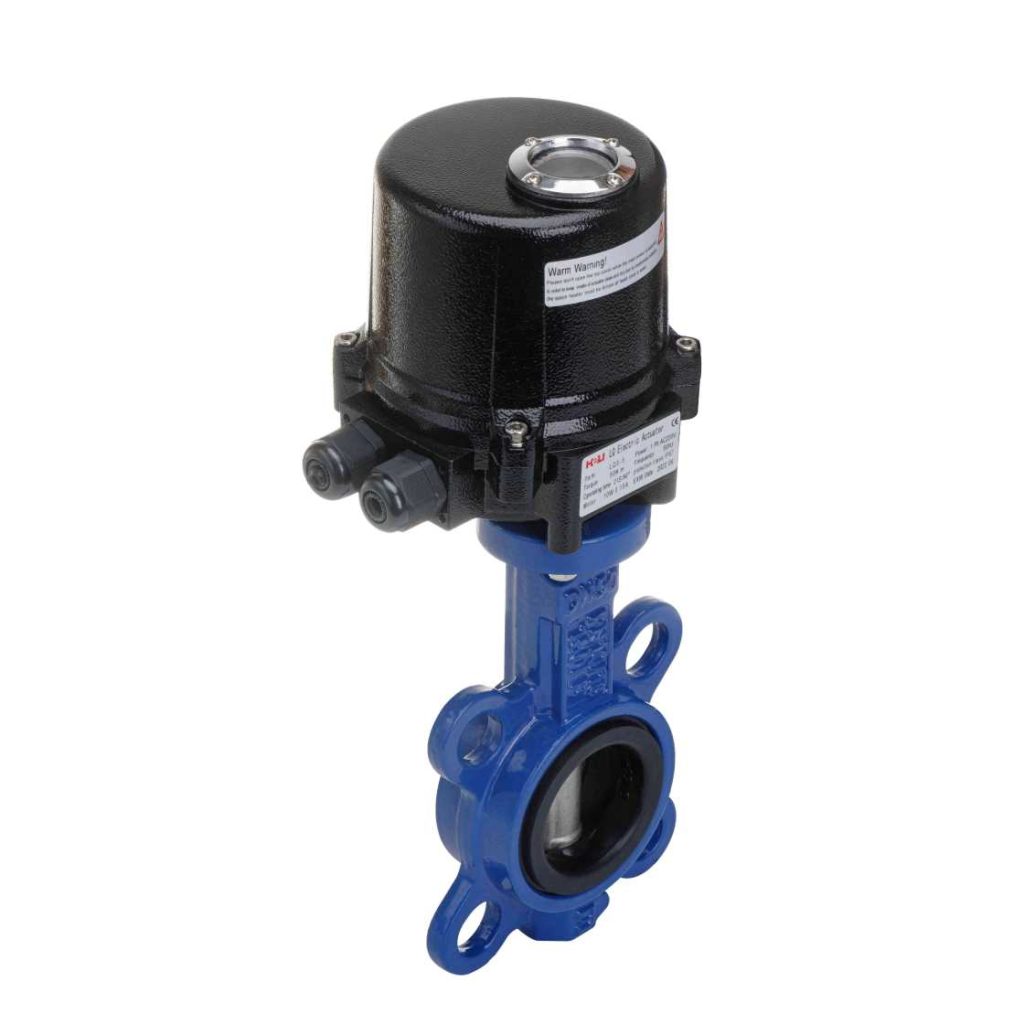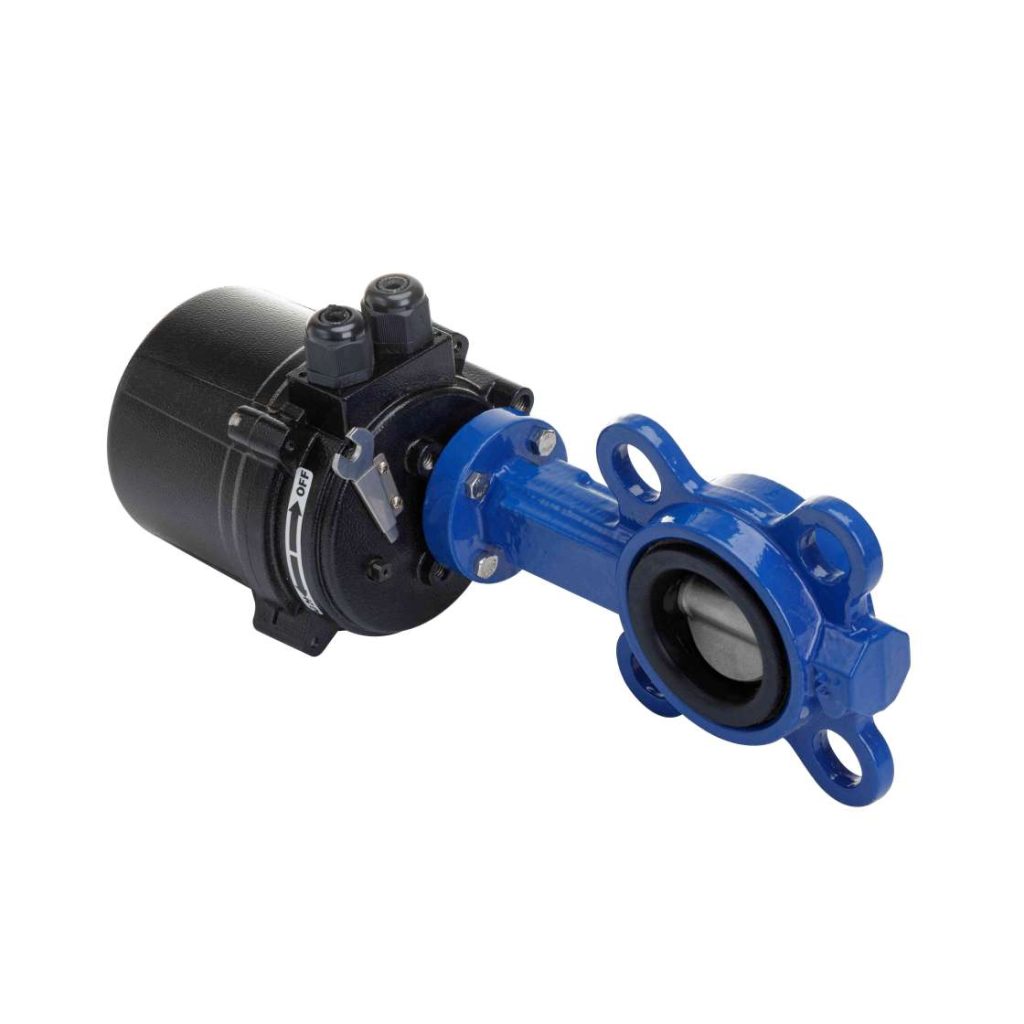In modern agriculture, effective water management is crucial for optimizing crop yields and ensuring sustainable practices. One of the key components in irrigation systems is the valve, which controls the flow of water. Among the various types of valves available, theelectric butterfly valvehas gained significant attention for its efficiency, reliability, and ease of use. This article explores the features and benefits of electric butterfly valves specifically for agricultural irrigation.

Understanding Electric Butterfly Valves

Electric butterfly valves are quarter-turn valves that use a circular disc or vane to regulate the flow of water. The valve consists of a disc mounted on a shaft, which pivots to open or close the valve. When the disc is parallel to the flow, the valve is open, allowing water to pass through; when the disc is perpendicular, the flow is blocked. The “electric” aspect refers to the actuator, which is powered by electricity and can be controlled remotely or automated through a control system. Advantages of Electric Butterfly Valves in Irrigation 1.Precision Control One of the standout features of electric butterfly valves is their ability to provide precise control over water flow. This is particularly important in agricultural irrigation, where the needs of crops can vary greatly depending on factors like growth stage, soil conditions, and weather patterns. With electric valves, farmers can adjust the flow rate with accuracy, ensuring that crops receive the right amount of water at the right time.
